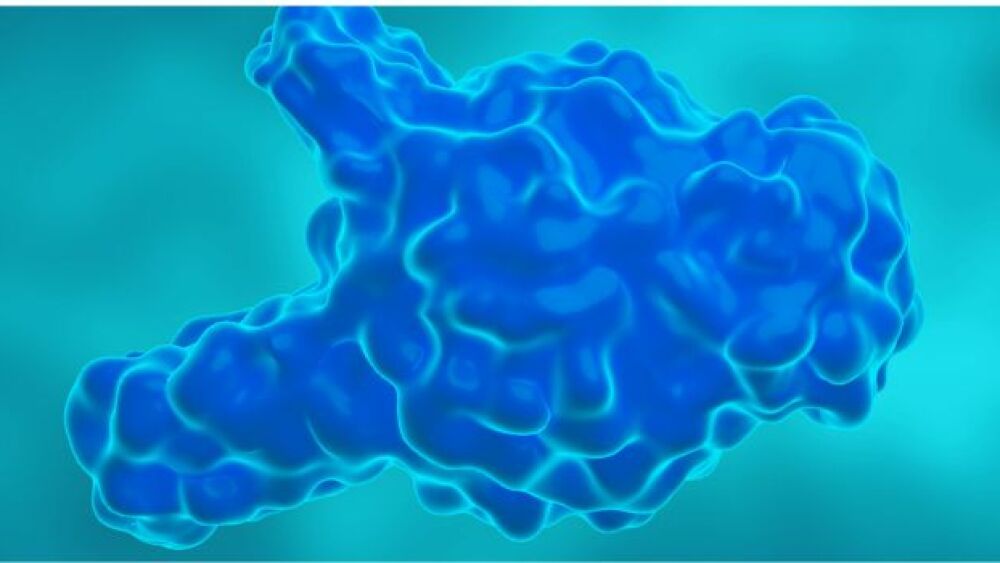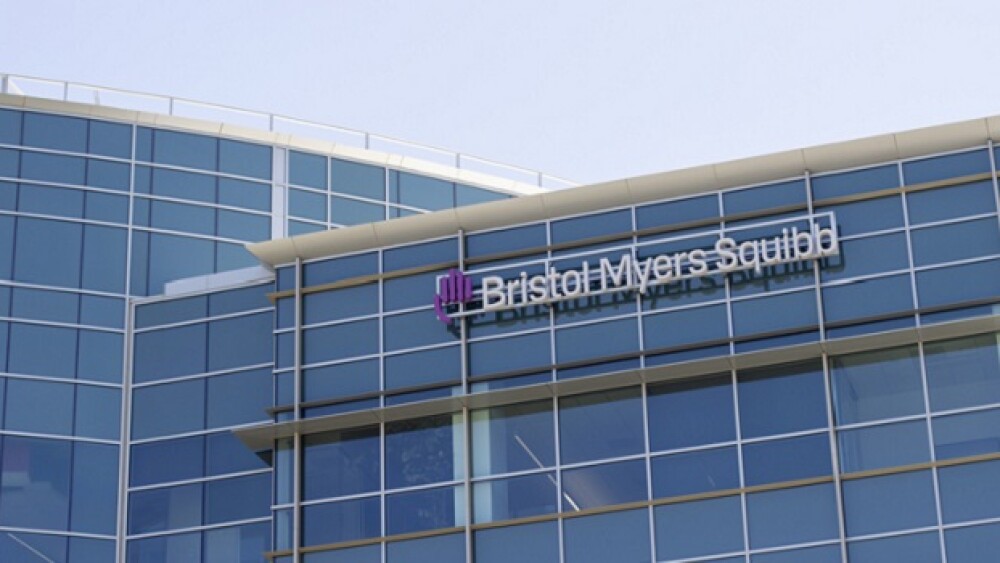REDWOOD CITY, Calif., Sept. 5 /PRNewswire-FirstCall/ -- Cardica, Inc. today announced that two independent groups of leading cardiothoracic surgeons performed ground-breaking minimally-invasive, closed-chest bypass procedures using Cardica's C-Port Flex A Anastomosis System and Intuitive Surgical's da Vinci robot. The C-Port Flex A system, a fully-automated, flexible shaft device, automates the attachment, or anastomosis, of a blood vessel graft to a coronary artery during bypass surgery.
(Photo: http://www.newscom.com/cgi-bin/prnh/20070905/AQW040 )
For the first time during a totally endoscopic coronary artery bypass procedure, Marc R. Katz, M.D. and his team at Bon Secours Saint Mary's Hospital in Richmond, Virginia used the C-Port Flex A system to connect a bypass graft, to the left anterior descending (LAD) artery. The patient was released from the hospital two days following the minimally-invasive bypass procedure and already is participating in routine daily activities.
Following the successful completion of the closed-chest bypass procedure, Dr. Katz said, "The Flex A system has the potential to revolutionize the field of cardiothoracic surgery, as it enhances closed-chest, robot-assisted bypass procedures. Minimally-invasive bypass surgeries produce better patient outcomes, and substantially reduce pain and trauma and provide a quicker return to normal functionality for the patient." More information on Dr. Katz's robotic procedures can be found at http://www.roboticheartsurgery.info.
Closely following Dr. Katz' surgery, Dr. Louis A. Brunsting and his team at Centennial Medical Center in Nashville, Tennessee used the Flex A system to complete a multivessel minimally-invasive bypass procedure on a 67-year old male patient who had undergone hip replacement surgery one week earlier. The procedure was performed through four one-inch port access incisions in the left chest, which allowed the patient to resume physical therapy for his hip the following day.
"Just as the advent of endoscopic stapling and suturing devices made laparoscopic surgery commonplace for abdominal surgeries, the Flex A system overcomes the most significant limitation in robot-assisted bypass procedures by replacing hand-sewn sutures with automated, consistent anastomoses," commented Dr. Brunsting.
"We believe that the Flex A system together with the da Vinci robot moves the reality of closed chest bypass surgery several steps closer, by providing reliable and reproducible deployment of the anastomosis," said J. Michael Smith, M.D., cardiothoracic surgeon and head of robotics for Good Samaritan Hospital in Cincinnati. "There is a critical need for alternatives to drug eluting stents for patients suffering from coronary artery disease."
"These clinical 'firsts' demonstrate that we are realizing our vision of enabling minimally-invasive, sternum-sparing bypass procedures," said Bernard A. Hausen, M.D., Ph.D., president and chief executive officer of Cardica, Inc. "We congratulate these surgeons on advancing the field of medicine both for the surgeons who follow and most importantly for the patients."
Closed Chest Bypass Procedures
During minimally-invasive, closed-chest bypass procedures the surgeon guides the da Vinci(R) Surgical System to perform precise movements through fingertip-size incisions in the chest area, similar to the procedures for minimally-invasive abdominal surgery. To ensure the highest level of safety for the patient, the cardiothoracic surgeon creates an additional safety port insertion for extreme instances in which the surgeon needs direct and sudden access to the heart. The Flex A eliminates a key bottleneck to the broad adoption of minimally-invasive bypass procedures as it replaces hand-sewn sutures with an automated connection of the vessel graft to the coronary artery, which can be performed consistently, quickly and reliably. This connection, called an anastomosis, is often considered the most critical step during bypass surgery.
Conventional "open heart" coronary artery bypass graft (CABG) surgeries are performed by cutting the sternum. Patients who receive open heart CABG procedures stay in the hospital an average of 5-9 days, and it can take up to two months for the patient to return to normal activity. Patients undergoing closed-chest CABG procedures may be discharged in 24 to 48 hours following surgery, and often return to normal activity levels within one to two weeks.
About Cardica, Inc.
Cardica designs and manufactures automated anastomosis systems for coronary artery bypass graft (CABG) surgery. By replacing hand-sewn sutures with easy-to-use automated systems, Cardica provides cardiovascular surgeons with rapid, reliable and consistently reproducible anastomoses, or connections of blood vessels, often considered the most critical aspect of the CABG procedure.
Cardica's C-Port(R) Distal Anastomosis Systems are marketed in Europe and the United States. The PAS-Port(R) Proximal Anastomosis System is marketed in Europe and Japan and is being evaluated in a pivotal trial in the United States and Europe. Cardica also is developing additional devices to facilitate vascular and other surgical procedures. Go to http://www.cardica.com for more information.
Forward-Looking Statements
This press release contains "forward-looking" statements, including statements relating to the commercial adoption of Cardica's C-Port Flex A Distal Anastomosis System. Any statements contained in this press release that are not historical facts may be deemed to be forward-looking statements. The words "anticipated," "believe," "plan," "expect," "estimate," "intend" and "will" or similar expressions are intended to identify forward-looking statements. There are a number of important factors that could cause Cardica's results to differ materially from those indicated by these forward-looking statements, including risks associated with market acceptance of Cardica's C-Port Flex A Distal Anastomosis Systems, manufacturing of the C-Port Distal Anastomosis Systems, Cardica's sales, marketing and distribution strategy and capabilities, and Cardica's ability to obtain regulatory clearance to market the C-Port Flex A Distal Anastomosis System in Europe, as well as other risks detailed from time to time in Cardica's SEC reports, including its Quarterly Report on Form 10-Q for the quarter ended March 31, 2007. Cardica does not undertake any obligation to update forward-looking statements. You are encouraged to read the Company's reports filed with the U.S. Securities and Exchange Commission, available at www.sec.gov.
da Vinci(R) is a registered trademark of Intuitive Surgical, Inc.
Photo: NewsCom: http://www.newscom.com/cgi-bin/prnh/20070905/AQW040AP Archive: http://photoarchive.ap.orgAP PhotoExpress Network: PRN9PRN Photo Desk, photodesk@prnewswire.comCardica, Inc.CONTACT: Doug Ellison, Vice President, Worldwide Sales and Marketing ofCardica, Inc., +1-972-342-0438, Ellison@cardica.com; or Judy Heilman,Marketing Director of Bon Secours Richmond Health System, +1-804-627-5036,Judy_heilman@bshsi.com; or Jennifer Shain, Director of Marketing ofCentennial Medical Center, +1-615-342-1903,jennifer.shain@hcahealthcare.com; or Daryl Messinger of WeissComm Partners,Inc., +1-415-999-2361, daryl@weisscommpartners.com, all for Cardica, Inc.
Web site: http://www.cardica.com/




